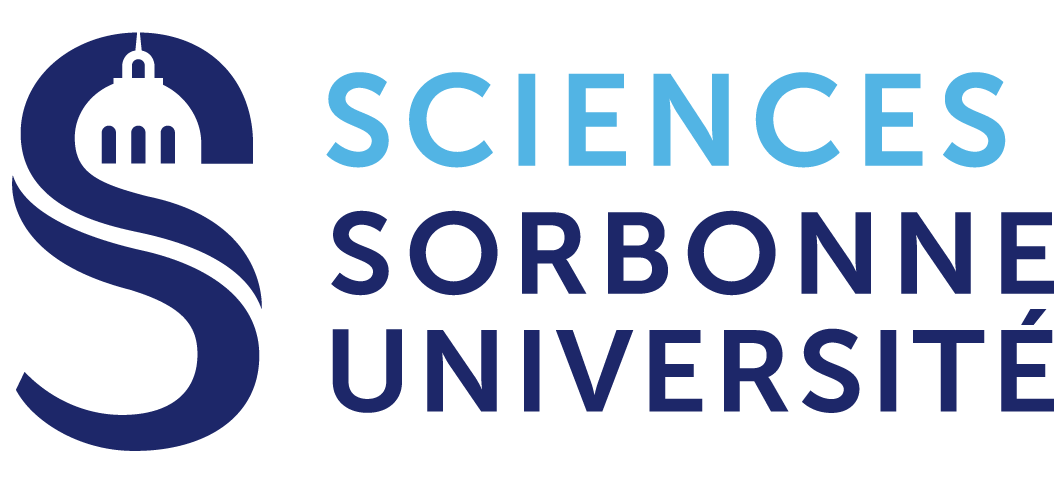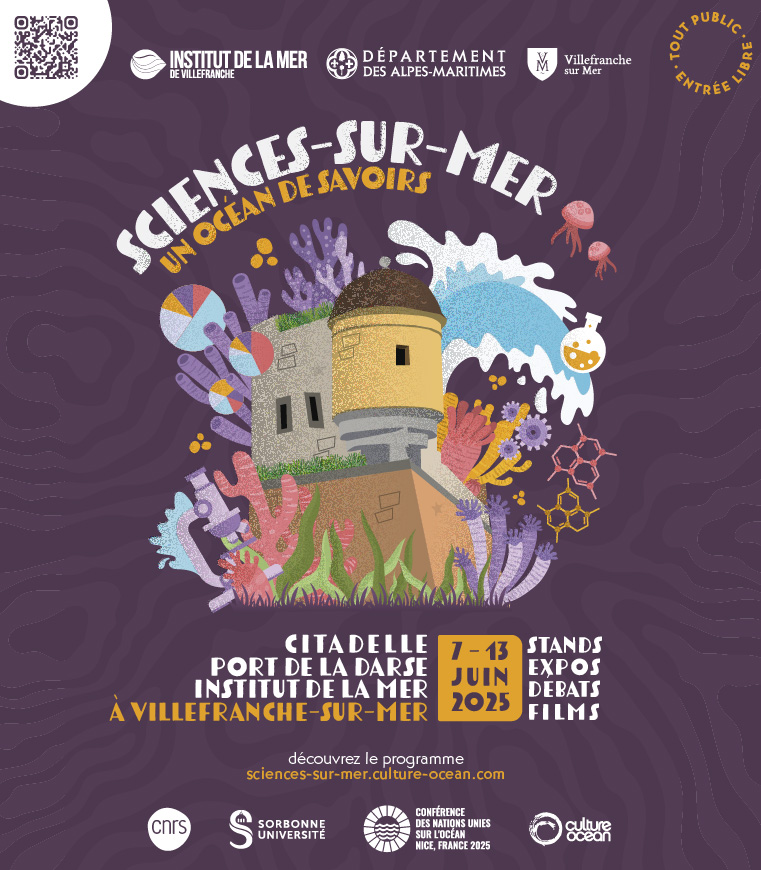missions
The four main missions of LOV are research (expanding knowledge), observation, teaching and outreach. They contribute to the study of the world’s oceans and, in particular the response and contribution to global change, with the aim of predicting the future evolution of ecosystem services. These studies cover offshore and coastal areas, exchanges at the air/sea/land/ice pack interfaces, and, in the sea, the water column. The variables studied belong to the disciplines of biology, chemistry, biogeochemistry and physics (optics and hydrodynamics).
2 key words : biogeochemistry and ecology
Long-term observation activities are conducted within the framework of national observation services (SNO) labelled by CNRS-INSU (MOOSE, SOMLIT, COAST-HF, PHYTOBS, Argo-France) or historical activities of IMEV (Rade, BOUSSOLE).The aim of these observation activities is to estimate the impacts of climate change and anthropogenic pressure on the marine environment through long term time-series of hydrological, biogeochemical and biological data initiated in 1957 and 1986 in the Villefranche Bay (point B, Cap Ferrat) and in 1991 and 2002 at the Ligurian Sea site (DYFAMED/BOUSSOLE). The acquisition of long time series and the analyses of scientific data at multiple or fixed points throughout the water column strengthens our knowledge of the ocean and enables us to respond to questions related to climate change.
Scientific objectives
LOV’s scientific objectives are to elucidate problems of general interest in fields where its researchers have acquired recognized expertise in biology, ecology, chemistry and biogeochemistry. This expertise includes: global estimation of marine and estuarine biogeochemical flows with a focus on the contribution of atmospheric inputs, particle dynamics, biological carbon pump, soot carbon, ocean acidification and warming, oceanic planktonic genomics, dynamics and bioregionalization of planktonic communities (phytoplankton, zooplankton, fish larvae), invasive or harmful species (dinoflagellates, jellyfish, etc) viruses, microzooplankton, and microplastics.
LOV’s research is therefore essentially fundamental and exploratory in nature, with the complementary development of new marine technologies (autonomous vehicles, underwater imaging) dedicated to the global observation of biogeochemical properties, and applied applications such as evaluating sea products for food, cosmetics and energy-biomass (microalgae).


